

The magazine of the photo-essay

June 2018 issue


“A free, really high quality photo-essay magazine. Fabulous!”
Stephen Fry. British actor, writer and film maker
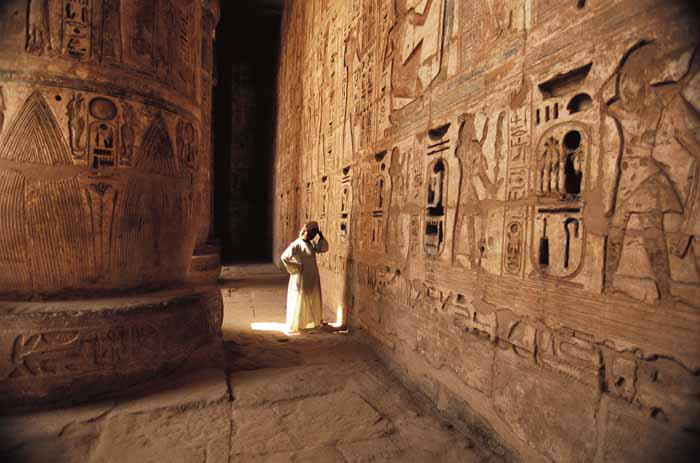
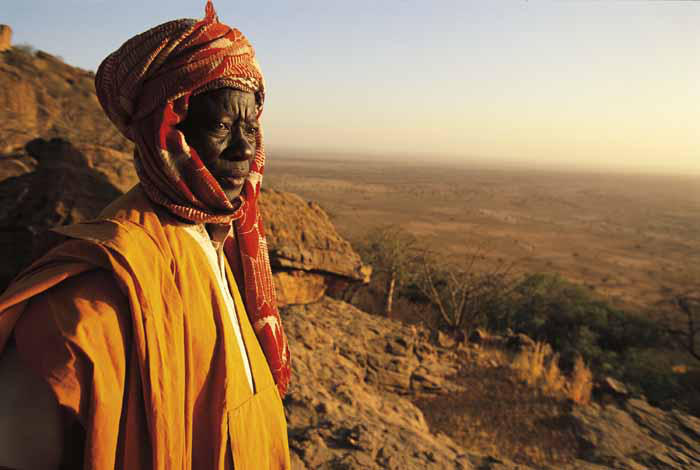
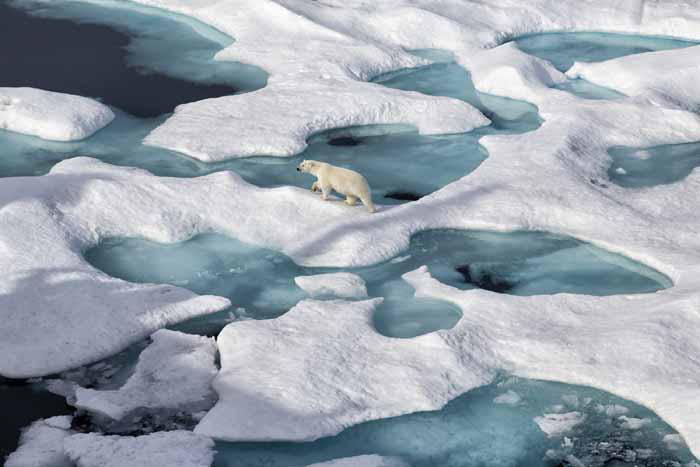
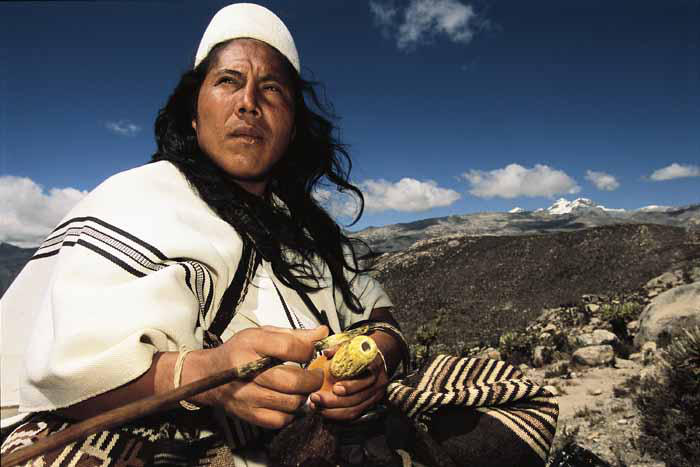
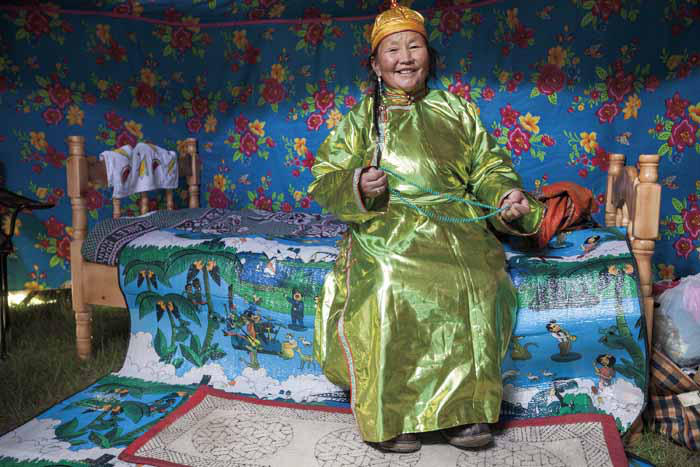
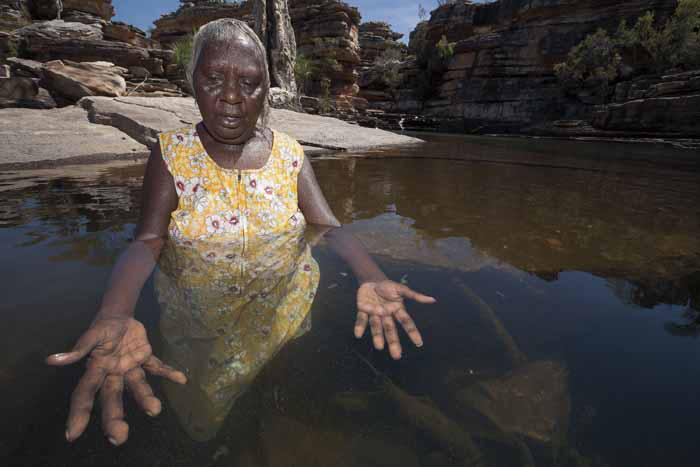
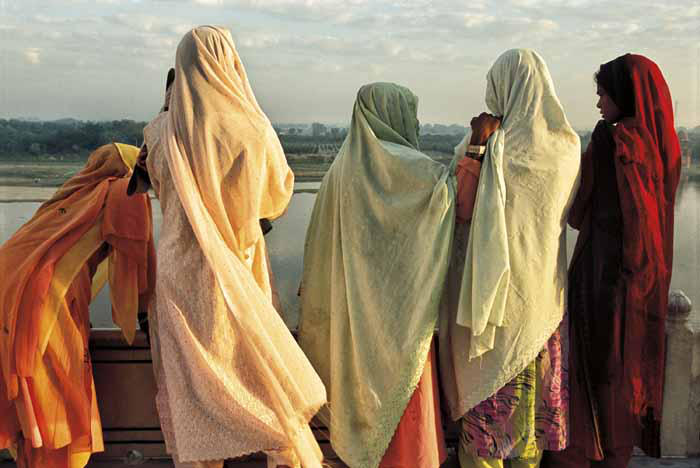
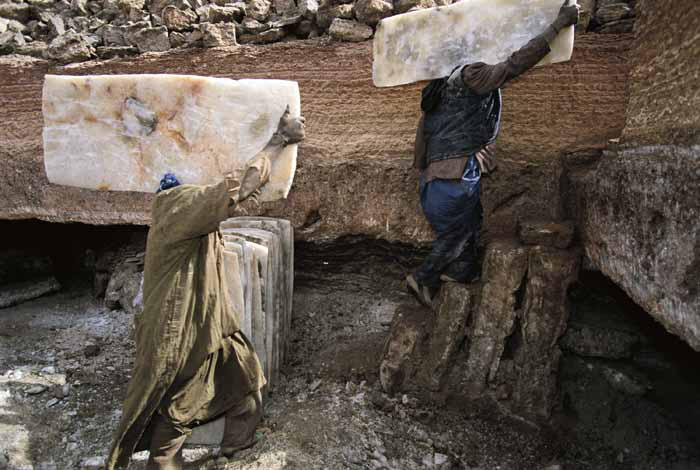
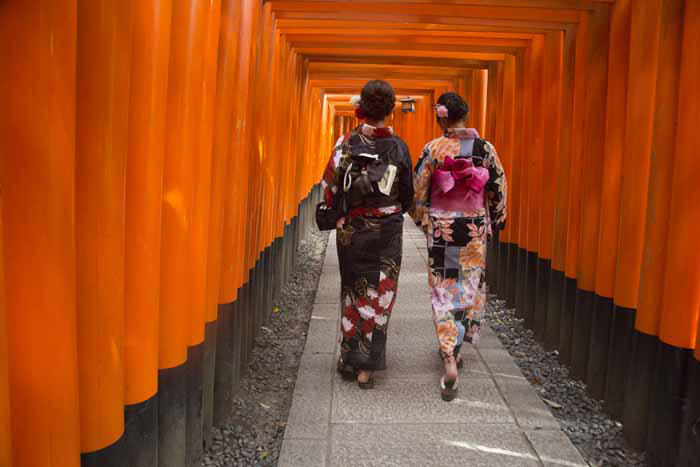
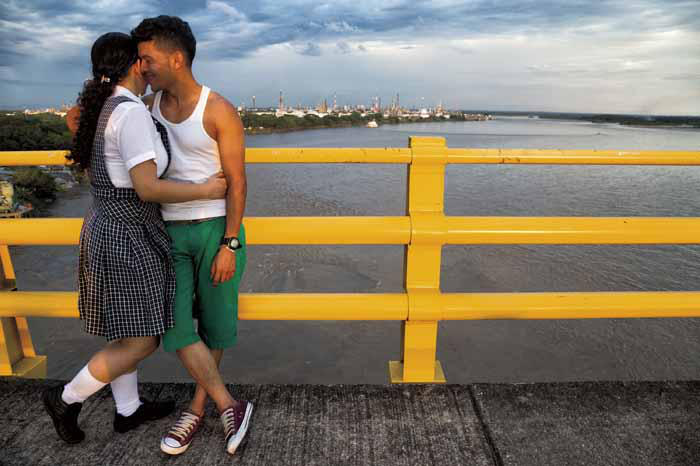



Anthropologist and bestselling author Wade Davis has traveled the world,
befriending people on every continent, connecting with them in deeply
personal ways and engaging in their spiritual lives and practices. To him,
no culture is primitive—every daily habit, every ritual, every ceremony
expresses the human genius. Through this book of photographs, collected
during his many years of travel, we venture into dozens of locales and
cultures, from the ancient salt mines of the Sahara to the icy world of the
Inuit, from the pastoral nomads of Mongolia to the Aboriginals of Australia.
Here are the Peoples of the Anaconda—the Barasana and Makuna of
Colombia, descendats of the ancient civilizations of the Amazon. Here are
the Polynesian Wayfinders who navigate among tens of thousands of
islands, the waves their maps and the winds their guides. From each locale
Davis has visited, he shares narratives with deep metaphorical resonance for us all.
Every one of these 147 photographs tells a story worth so much more than a thousand words. In this book as in his life
work, Wade Davis amplifies the world’s indigenous voices and reveals inner horizons of thought, spirit, and adaptation. His
impassioned text illuminates each photograph and heightens our understanding of what he calls the ethnosphere—the
extraordinarily colorful, diverse, and meaningful matrix of cultures thriving on this planet, every face and every moment
contributing something of value to our understanding of what it means to be alive.
A temple guardian at Luxor, site of the ancient city of Thebes, the capital of Upper Egypt in 1400 BCE.
A Dogon elder from the cliffs of the Bandiagara escarpment in Mali peers toward the lands of the Fulani, one of the many
Muslim tribes that threaten the cultural survival of a people that have resisted Islam for a thousand years.
A polar bear hunts on the sea ice six miles off the eastern shore of Baffin Island. In winter darkness the Inuit follow leads
in the new ice to find the breathing holes of ringed seals. The slightest shift in weight will betray their presence so they
squat in perfect stillness, all the while knowing full well that as they hunt they are being hunted. Polar bear tracks run
away from every breathing hole. If a seal does not appear the hunter may roll over, mimicking a seal to try to attract a
bear so that predator may become prey.
In the hands of Danilo Villafana, a political leader of the Arhuacos, is a poporo, a gourd containing lime used to
potentiate hayu, or coca, their most sacred plant. The conical hats worn by Arhuaco men represent the snowfields of the
sacred peaks. The hairs on a person’s body echo the forest trees that cover the mountain flanks. Every element of nature
is imbued with higher significance.
On the day of the race the Green Tara, a tantric deity, is channelled through the body of this joyous woman, who then
blesses the horses. The Buddhists liken the mind to a horse. It is only useful if trained. The saddle is seen as a seat for
meditation.
A traditional owner of the Crocodile clan of the Yolgnu, having returned to her territory for the first time in decades,
stands in a pool she played in as a child.
On the south terrace of the Taj Mahal a group of young women in colourful saris gaze over the great bend of the Yamuna
River.
The salt of Taoudenni, an ancient mine some 400 miles north of Timbuktu, was the gold of the Sahara, valued throughout
West Africa for its curative properties.
Two women return from the Mandal Mountain pilgrimage, having made offerings and prayed for victory in the upcoming
Naadam, an annual festival.
Young lovers at sunset on a bridge over the Río Magdalena, with Barrancabermeja, the oil capital of Colombia, behind
them.









